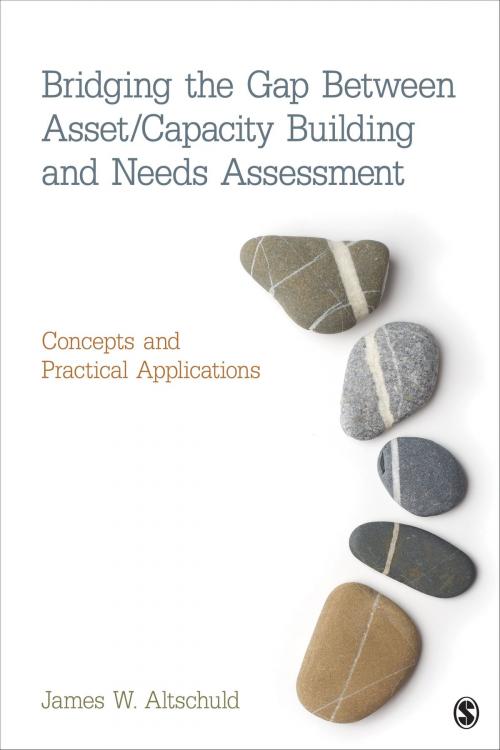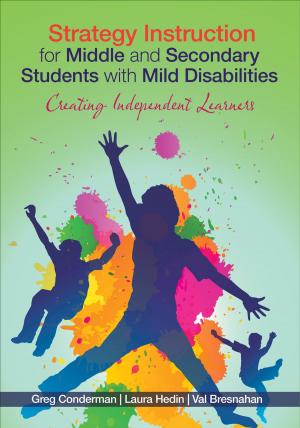Bridging the Gap Between Asset/Capacity Building and Needs Assessment
Concepts and Practical Applications
Nonfiction, Reference & Language, Education & Teaching, Social & Cultural Studies, Social Science| Author: | James W Altschuld | ISBN: | 9781483321745 |
| Publisher: | SAGE Publications | Publication: | January 9, 2014 |
| Imprint: | SAGE Publications, Inc | Language: | English |
| Author: | James W Altschuld |
| ISBN: | 9781483321745 |
| Publisher: | SAGE Publications |
| Publication: | January 9, 2014 |
| Imprint: | SAGE Publications, Inc |
| Language: | English |
In the groundbreaking text, Bridging the Gap Between Asset/Capacity Building and Needs Assessment, James W. Altschuld examines the synthesis of two antithetical ideas—needs assessment and asset/capacity building. At the heart of this approach is a focus on assessing the strengths and assets that communities have and demonstrating how to make those assets stronger. The author explains the foundation of needs assessment and asset/capacity building, discusses their similarities and differences, and offers a new hybrid framework that includes eight steps for how they can be done jointly for better results. The author then applies a checklist for judging the quality of this approach to six cases that represent real-world applications of hybrid principles. The last chapter demonstrates how such efforts might be studied in the future, emphasizing ways findings and results from hybrid ventures can be used effectively. A wide range of examples, tables, and figures appear throughout, with insightful discussion questions at the end of each chapter to facilitate meaningful discourse.
In the groundbreaking text, Bridging the Gap Between Asset/Capacity Building and Needs Assessment, James W. Altschuld examines the synthesis of two antithetical ideas—needs assessment and asset/capacity building. At the heart of this approach is a focus on assessing the strengths and assets that communities have and demonstrating how to make those assets stronger. The author explains the foundation of needs assessment and asset/capacity building, discusses their similarities and differences, and offers a new hybrid framework that includes eight steps for how they can be done jointly for better results. The author then applies a checklist for judging the quality of this approach to six cases that represent real-world applications of hybrid principles. The last chapter demonstrates how such efforts might be studied in the future, emphasizing ways findings and results from hybrid ventures can be used effectively. A wide range of examples, tables, and figures appear throughout, with insightful discussion questions at the end of each chapter to facilitate meaningful discourse.















